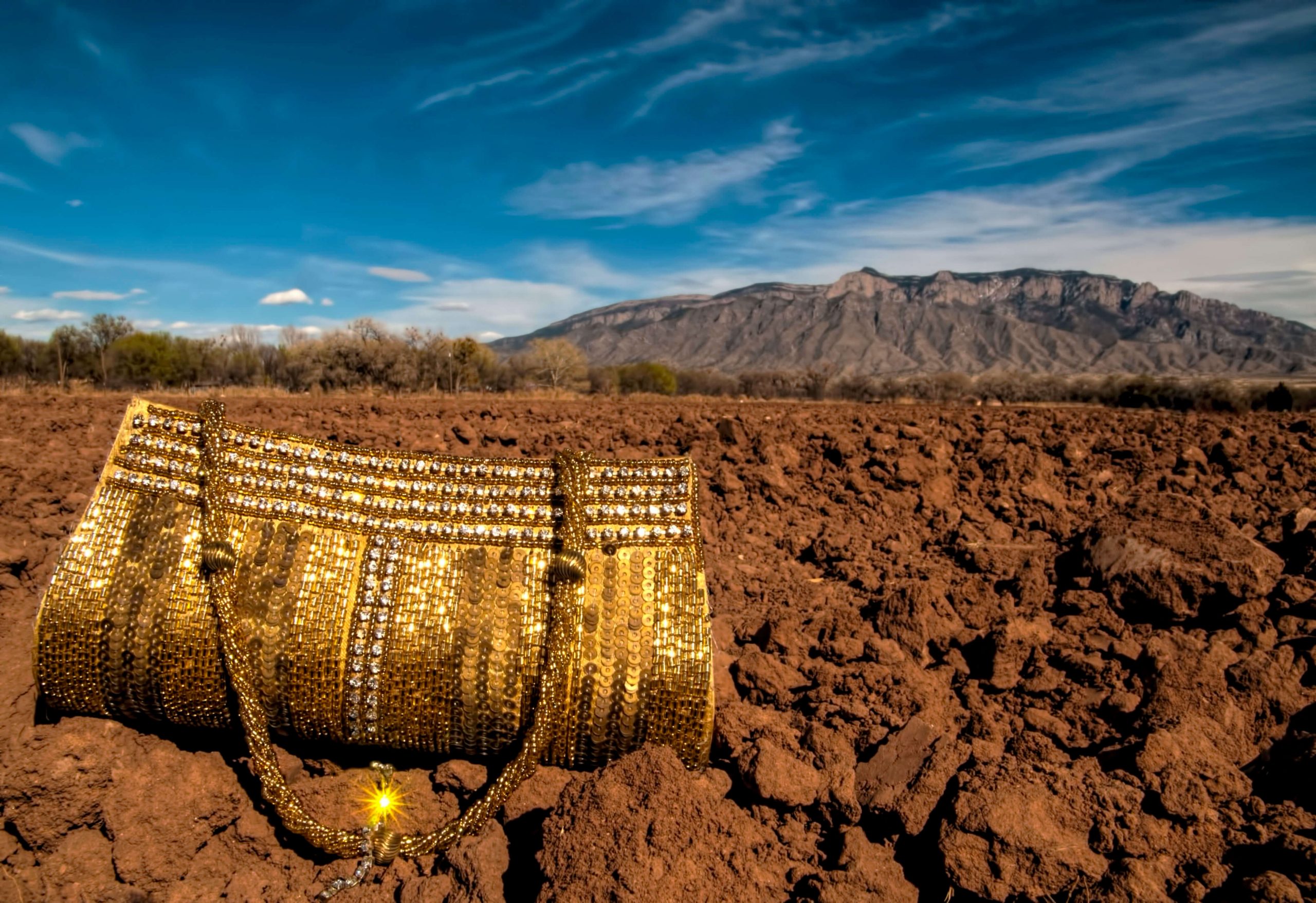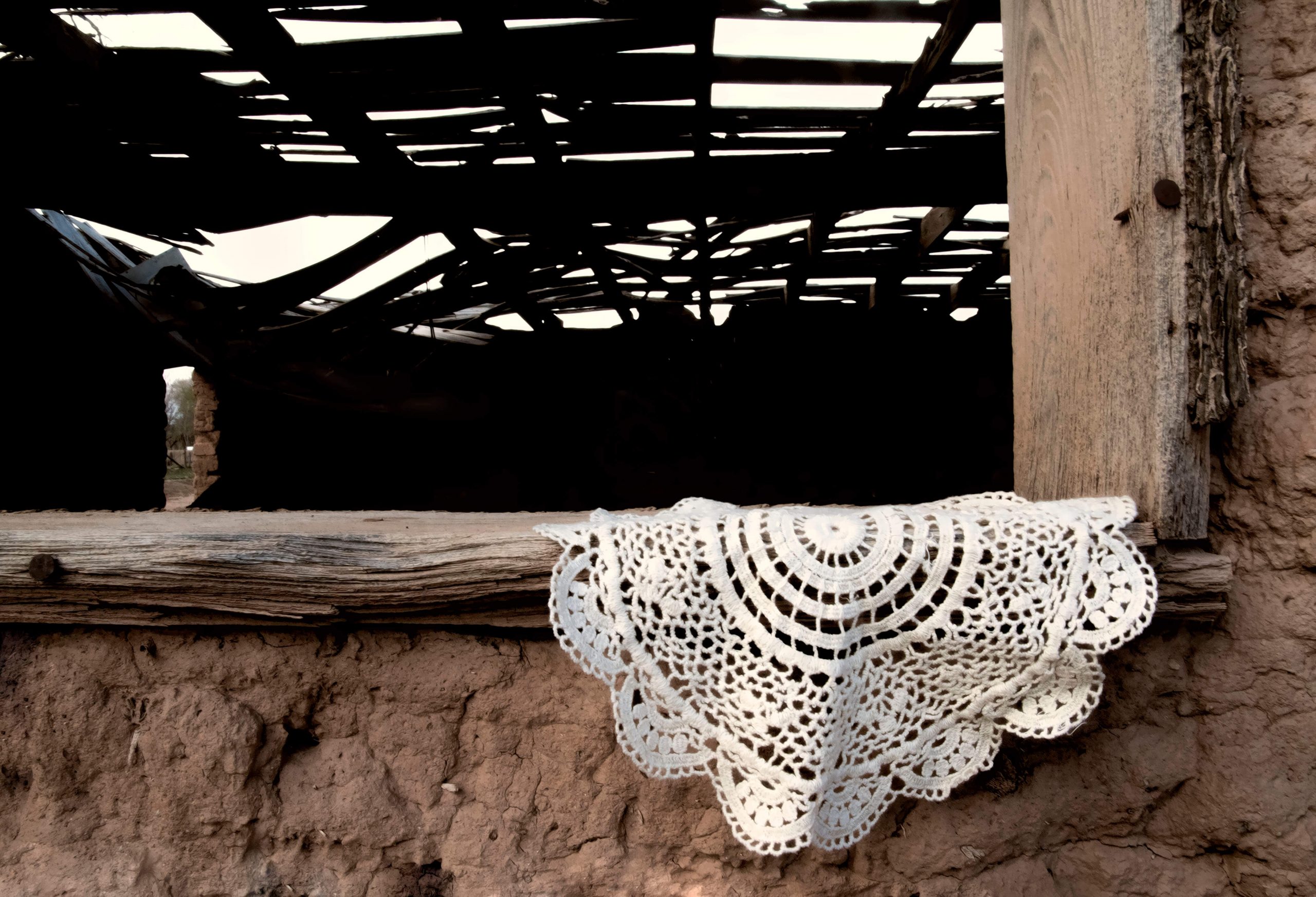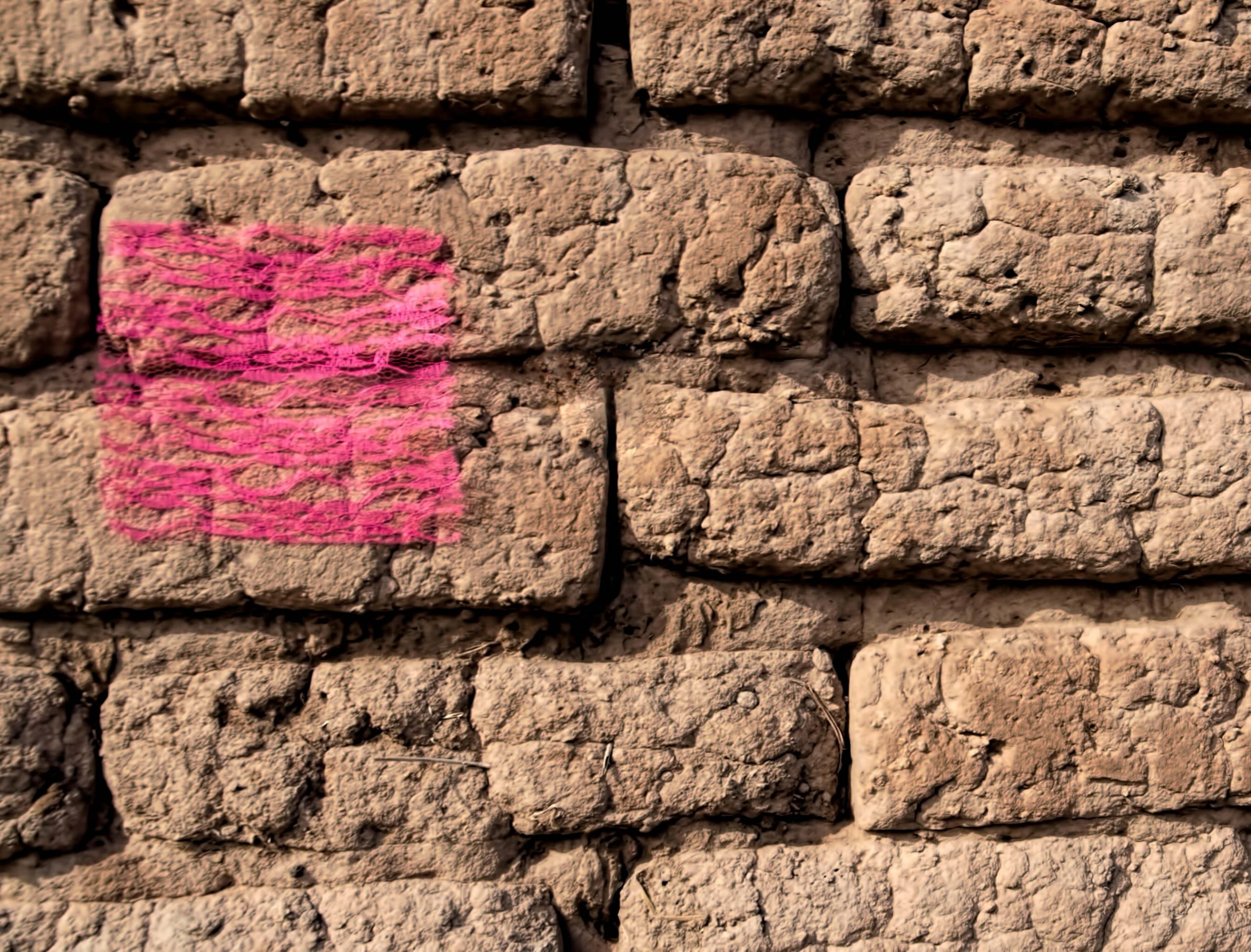Soil and the City, Episode 2: Baggage – A Brief History of New Mexico’s Love Affair with Soil
by Amy Bell, PLA, ASLA, ISA Certified Arborist
FBT Architects Landscape Architect

This six-part blog series investigates the reasons why we have fallen out of love with soil (or at the very least taken it for granted) and how we can rekindle that relationship through an amended approach to the design and construction of our everyday places.
Soil and the City, Episode 2: Baggage: A Brief History of New Mexico’s Love Affair with Soil
Despite notions that our soil is poor, infertile and degraded, New Mexico residents knowingly and unknowingly practice an intimacy with our soil unfamiliar to many parts of the world. We are embraced by adobe brick walls and nourished by food born from the soil.
If that’s not love, I don’t know what is. Soil permeates New Mexican existence even as we choose to ignore it. It keeps showing up when we least expect it.
So why dredge up the baggage of an age-old romance?
Our emotional response to soil is driven by our perspective. As JB Jackson said about the power of everyday places to enlighten us about ourselves, “It’s a matter of learning how to see.”1 Our future with soil depends on our ability to see its allure. We need to understand where we’ve been.
Natural time and scale in the Southwest are measured by geology. The human lifespan is barely a blip on the geologic screen. It’s no wonder that we have trouble seeing how we relate to such slow moving processes. However, if we look through an architectural lens and agricultural traditions, the bond becomes more visible.

Architecture
Our architectural courtship with soil began during prehistoric times. Beat that, high school sweethearts.
Pre-Columbian Pueblo cultures built their structures with a process called puddling: courses of hand rolled mud lumps without any structural component like grass or straw. These structures were temporary and not sturdy, requiring constant rebuilding and encouraging a predominantly outdoor lifestyle.2 Take a moment to imagine the connection we might feel with soil if we continuously worked the earth with our hands to create and recreate refuge for ourselves and belongings.
Adobe bricks, introduced by the Spanish, led to more permanent structures and a different way of life. In this material transition we see soil’s pivotal role in our cultural shift to indoor living and religious practice. Despite the potentially detrimental effects spending less time outdoors may have had on our attachment to the natural world, the impressively solid adobe structural longevity provides some promise. Take the San Miguel Mission in Santa Fe. At 400 years old it tells us soil will continue to support the roof over our heads even if we’re not always the most attentive partner. Like a fledgling romance, the production of adobe brick for new structures or historic restoration still requires careful handling of the appropriate elemental mix and curing methods.
The Southwest is known worldwide for the type of architecture these historic buildings inspire. The Pueblo Revival style is a defining feature of our region and represents an elegance and simplicity that could only be crafted through intimate knowledge of the earth. My personal favorite Southwestern architectural feature is the “truth window,” an opening through stucco that lays bare the honesty of an authentic adobe structure. Understanding the truth in these vernacular forms and processes allows us to draw an authentic sense of place. After all, honesty is the foundation for a successful relationship.

Curiously, our attraction to adobe has pushed us to perpetuate the shell without its content. We desire the adobe look without the labor intensive brick. While modern Pueblo Revival style has a place in our design language, style is still a living breathing evolution. However, our willingness to accept a cheaper alternative has contributed to progressive detachment from the tradition of soil as the walls and world around.
Agriculture
A very wise person in my life likes to say “plants grow in a place because they can.” Accordingly we could say that the goal of agriculture is to create an environment where nutritious plants can grow.
The Puebloan agricultural approach relied on this very fact. In the arid Southwest plants grow where there is water. Even the tiniest amount of moisture activates the microscopic world of soil by invigorating the bacteria, microbes and fungi that facilitate nutrient uptake in plants. In turn, plants drop organic matter or die and provide the carbon necessary for the whole cycle to repeat itself.
In addition to discerning which native plants could provide food for forage, Pueblo cultures also cultivated plants in depressions and areas that collect water, like the bottoms and terraces of arroyos.3 Throughout the long history that follows, Old and New World cultures exchanged and cultivated crops and livestock. Indo-Hispano agricultural systems like acequia irrigation, floodplain and grid gardens, and dry farming continue to be observed today even if they are increasingly secondary to more modern and mechanized farming methods.4
The ubiquitous presence of livestock has a big agricultural impact on the Southwestern soil’s health. With over half of New Mexico’s land currently range or pasture, grazing has changed our natural landscape’s makeup to the extent that our ability to see native plant ecologies is confusing and potentially controversial. By reducing native grasses and forbs populations grazing encourages fertile topsoil loss and overall reduction in ecologic diversity. Continual grazing over time has created an environment in which certain opportunistic shrubs (such as the notorious one-seed juniper) crowd out more resilient native species and cause further erosion.
Enter the hopeful romantic.
The simple fact that water and arable soil are scarce confounds Big Ag’s ability to gain a significant foothold in New Mexico. Acequia irrigation methods require an in-depth understanding of how the soil rests upon the land, our proximity to the river and our orientation in relation to the groundwater level. While we face serious threats to water and soil conservation, we have an abundance of small farms in which New Mexico’s citizens are either regaining their connection with the land or continuing a long standing tradition.
Approaches to housing and farming are at our culture’s root. Increasing permanence in architecture allowed more intensive agriculture and our relationship with soil entered an old married couple phase. Rediscovery of ancient building practices and food systems is an essential part of reigniting the spark.
Love may be blind, but now we see that soil is at the heart of it all.

The story continues next week in Episode 3: Sorry Soil, It’s Not You, It’s Us – The Break Up.
Images by Amy Bell.
References:
- Jackson, John Brinckerhoff. Discovering the Vernacular Lansdcape. Yale University Press. 1984.
- Jackson, John Brinckerhoff. A Sense of Place, a Sense of Time. Yale University Press. 1994.
- Morrow, Baker H. and V.B Price, eds. Canyon Gardens. University of New Mexico Press. 2006.
- Collective Heritage Institute/Bioneers. Dreaming New Mexico: An Age of Local Foodsheds and a Fair Trade State
Previous Installments:
Episode 1: Can Soil Get its Groove Back?

